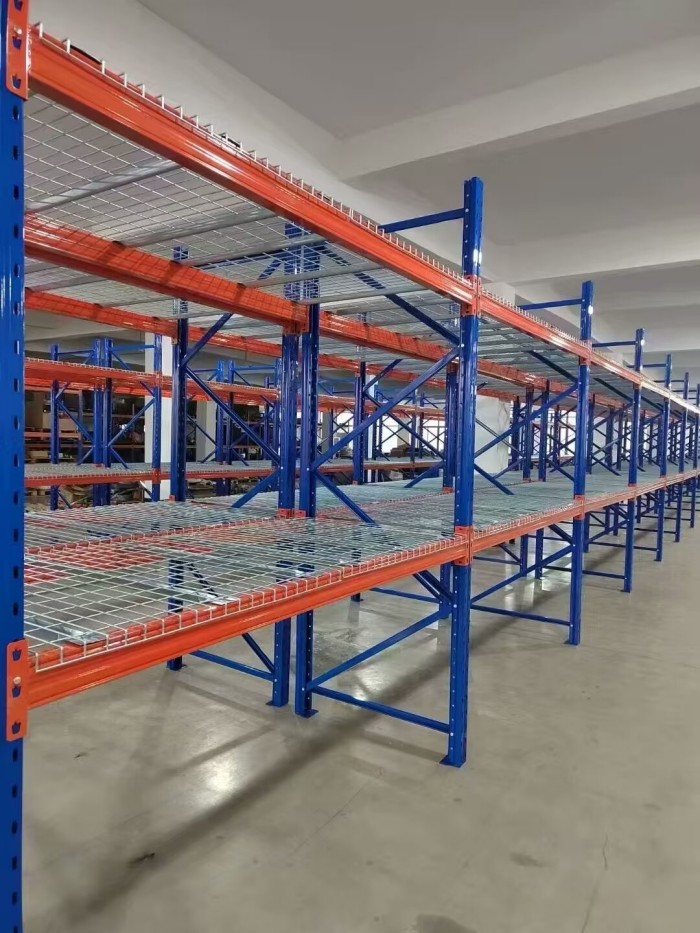When it comes to interior design and construction, the choice of materials plays a crucial role in determining the overall quality and aesthetics of a space. Two popular options that often spark debates are PVC (Polyvinyl Chloride) and gypsum. In this comprehensive blog post, we will delve into the depths of these materials, analyzing their properties, applications, advantages, and disadvantages. By the end, you will have a clear understanding of which material reigns supreme in various scenarios.
- PVC: The Versatile Wonder
1.1 Properties and Composition:
PVC, a synthetic plastic polymer, is known for its exceptional versatility and durability. Composed of vinyl chloride monomers, PVC offers a wide range of physical and chemical properties that make it suitable for diverse applications.
1.2 Applications:
- PVC finds extensive use in the construction industry, primarily for pipes, fittings, and electrical insulation.
- It is also popular in interior design for flooring, wall cladding, and window frames.
- PVC's waterproof nature makes it ideal for bathroom and kitchen installations.
1.3 Advantages:
- PVC is highly resistant to moisture, chemicals, and corrosion, ensuring longevity.
- It is lightweight, making installation and transportation easier.
- PVC offers excellent insulation properties, both thermal and acoustic.
- The material is low-maintenance, requiring minimal cleaning and upkeep.
1.4 Disadvantages:
- PVC is not environmentally friendly, as it releases toxic substances during production and disposal.
- It may deform under high temperatures, limiting its use in certain applications.
- The material is prone to scratching and may not withstand heavy impacts.
- Gypsum: The Timeless Classic
2.1 Properties and Composition:
Gypsum, a naturally occurring mineral composed of calcium sulfate dihydrate, has been used in construction and interior design for centuries. Its unique properties make it a popular choice in various applications.
2.2 Applications:
- Gypsum is widely used for creating decorative elements like cornices, moldings, and ceiling tiles.
- It is a primary component in drywall, providing a smooth and even surface for painting and wallpapering.
- Gypsum is also utilized in acoustic panels and fire-resistant constructions.
2.3 Advantages:
- Gypsum offers excellent fire resistance, making it a safe choice for buildings.
- It has exceptional soundproofing properties, reducing noise transmission between rooms.
- Gypsum is easy to work with, allowing for intricate designs and customization.
- The material is environmentally friendly and recyclable.
2.4 Disadvantages:
- Gypsum is not suitable for areas with high moisture levels, as it can absorb water and lose its structural integrity.
- It is relatively heavy, requiring proper support during installation.
- Gypsum is susceptible to damage from impacts and may crack or break.
Conclusion:
In the eternal battle between PVC and gypsum, there is no definitive winner. The choice between the two materials depends on the specific requirements of the project at hand. PVC excels in moisture-prone areas and offers versatility, while gypsum shines in terms of fire resistance and soundproofing. By understanding their properties, applications, advantages, and disadvantages, you can make an informed decision that aligns with your project's needs. Remember, it's not about which material is better overall, but rather which material is better suited for the task at hand.



